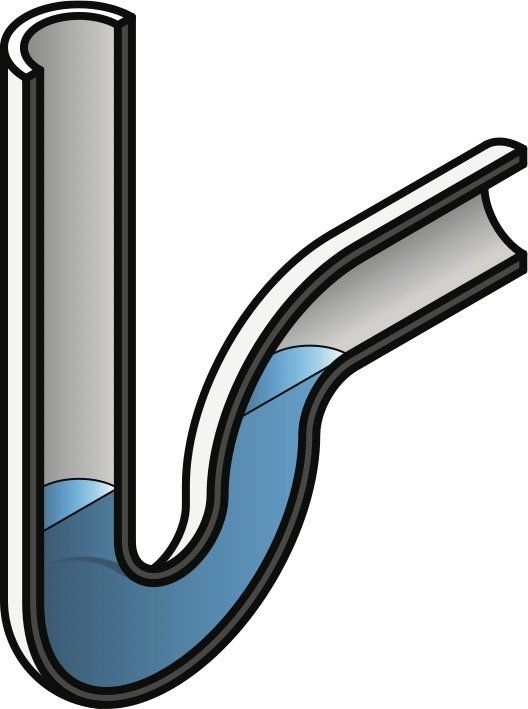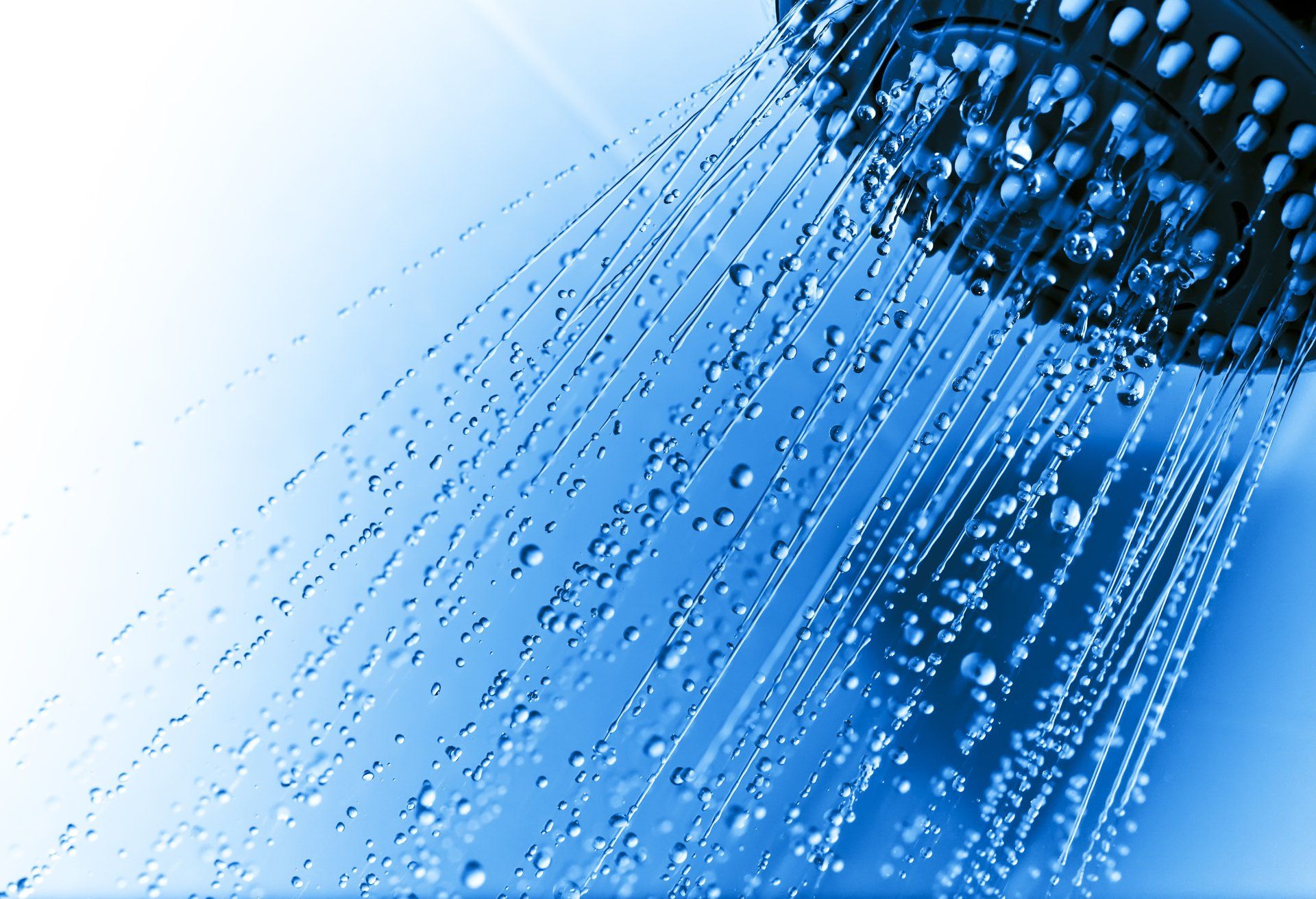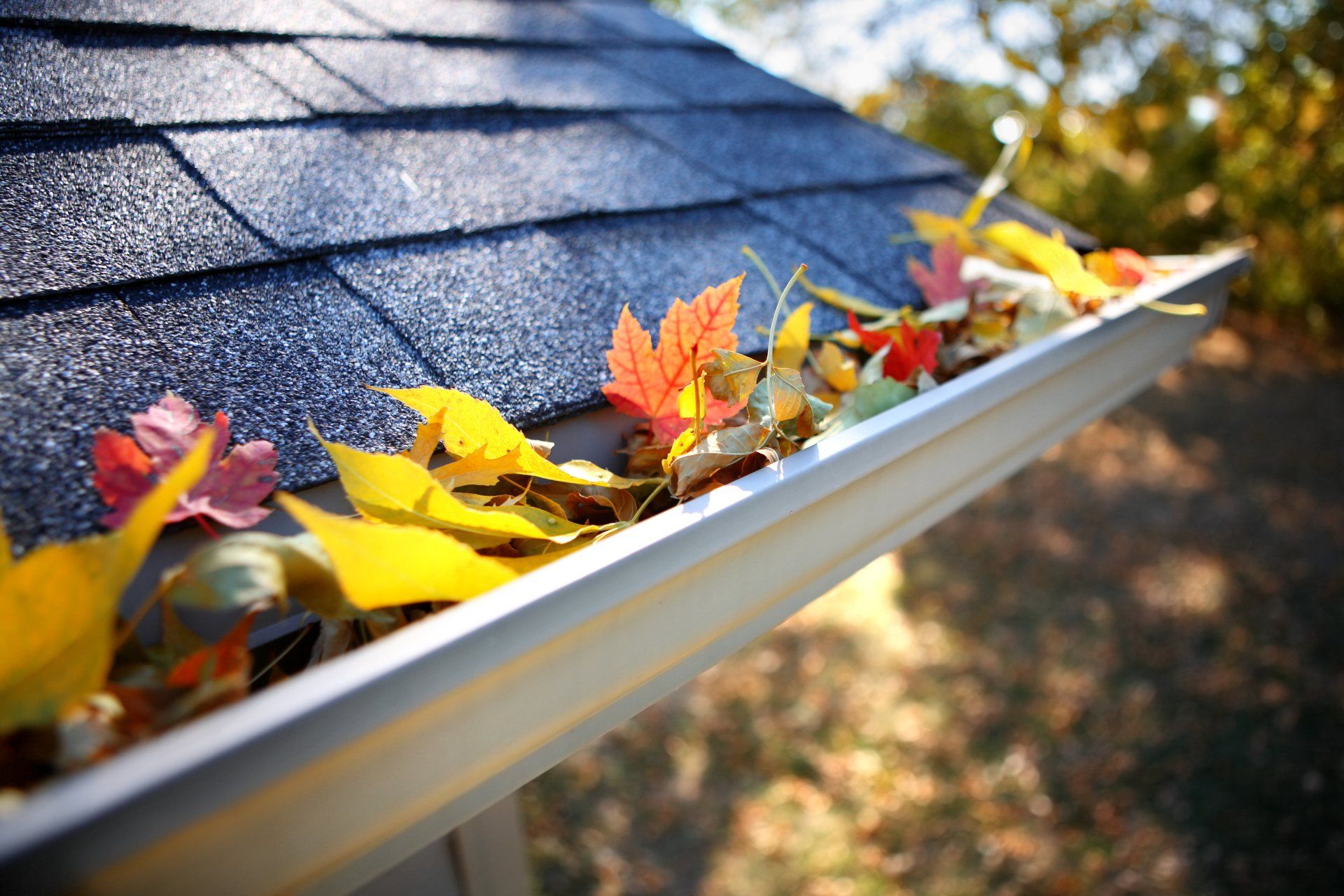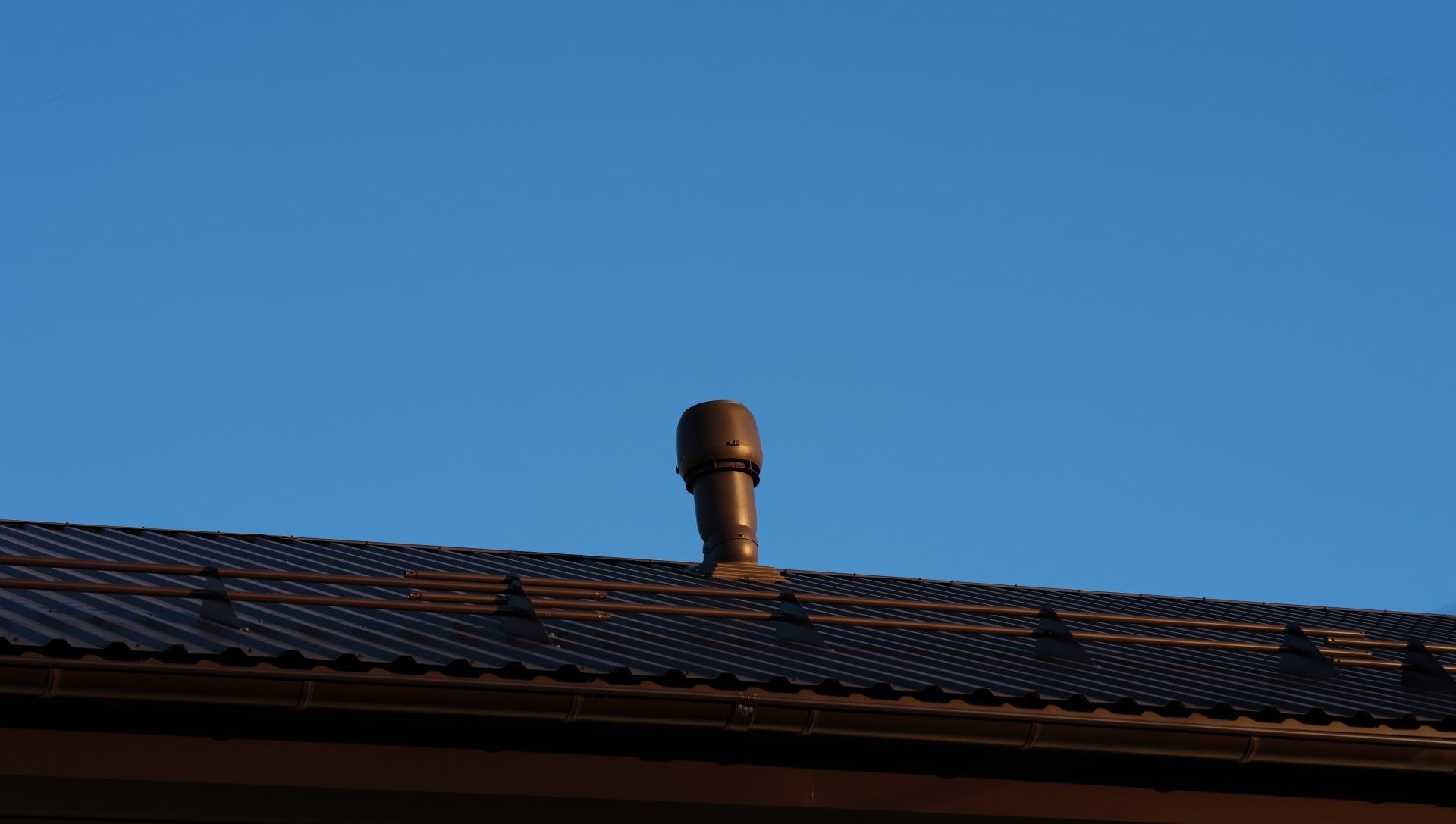How P-Trap Pipes Work
How atmospheric pressure and a P-Trap Pipe works.
If you notice a lot of extra piping under your sink. And you were looking at the P trap. P traps are named after their shape. They use a small bend in the pipe to trap water, creating a seal. The trap seal prevents sewer, gases, and odours from leaking into your home. It's water drains through the P trap and air is pulled from the outside to equalise the pressure.
If the vent is blocked by snow ice or debris, the trap seal (water in the pipe) could be sucked out with the draining water. As this happens, you might hear a gurgling sound, which is an indication air is being pulled through the same drain. As a result, you might start to smell sewage coming out of that sink.
If the drain doesn’t have access to external air, the vacuum in the system might pull air from another plumbing fixture or pipe. For example, flushing, the toilet could pull air from the sink, causing water to be removed from the trap. As a result, you might smell sewage from the sink drain after flushing and may very well be in indicator of a larger ventilation issue.
Depending on the age of your home, the plumbing systems in your home might be fitted with S-traps which as are like P-traps. Typically, they are no longer installed in homes because they have the potential to lose the trap seal. If enough water travels through an S-trap, it will create a continuous flow or channel through the pipe, causing the water to be dragged out of the trap, which will lead to similar ventilation issues. If you do have S-traps and are finding you’re having issues, speak to the Considerate Plumbing team. In most cases, a P-trap can be fitted with proper ventilation access, or other viable solutions can be installed.
Additionally, it’s important to monitor what you allow to flow down your drains, as build-up of waste can create drainage problems too. For example, a common problem in ensuite bathrooms are slow draining basins. Often strands of long hair or fabric can make their way down the drain and cause a build-up along the pipe. As a result, water can absorb along the blockage and slowly leak out of the trap through capillary action. To help reduce hair build up, fit your basins, or sinks to stainless steel traps to help collect the debris, or frequently use a drain cleaner from your local Bunnings.
We hope, this blog post has given you a better understanding of how a P trap works and tell tail signs of why you might be experiencing odours coming from your drains.
You might also like
Contact Us
✔️ The form was sent successfully.
Please try again later.






